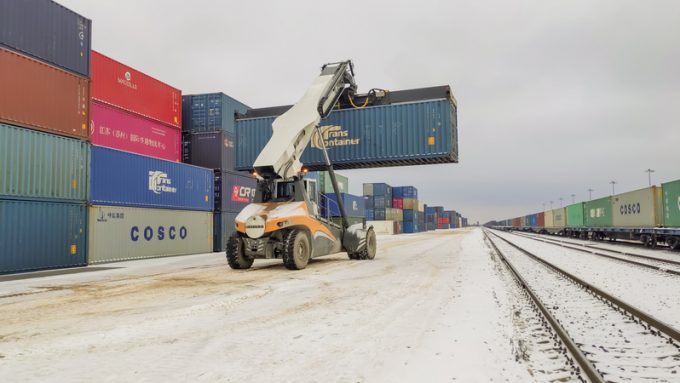Shippers breathe again as threat of Indian port strikes eases
Indian exporters and importers are breathing a sigh of relief as fears of a nationwide ...

Russia is experiencing a boom in China-Europe rail freight volumes, but it is bringing congestion at key border crossings.
According to Russian Railways (RR), January-to-September volumes were up 47% year on year, to 568,700 teu, more than during the whole of last year.
Trains from China to Europe carried 379,600 teu, up 40%, but the rate of growth from Europe to China was faster, with volumes up 70% to 189,100 teu for the nine-month period.
The railway operator said the bulk of the ...
Volcanic disruption at Anchorage could hit transpacific airfreight operations
Macron calls for ‘suspension’ – CMA CGM's $20bn US investment in doubt
De minimis exemption on shipments from China to the US will end in May
Forwarders stay cool as US 'liberation day' tariffs threaten 'global trade war'
Looming Trump tariffs will create 'a bureaucratic monster' for Customs
Mixed response in US to 'Liberation Day', while China leads wave of retaliation
Tariffs and de minimis set air freight rates on a volatile course


Comment on this article